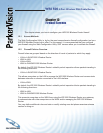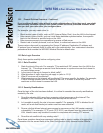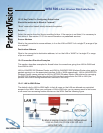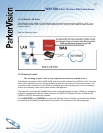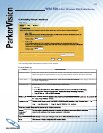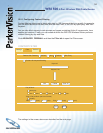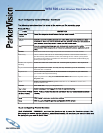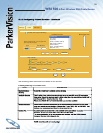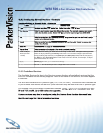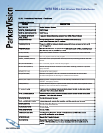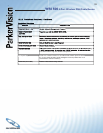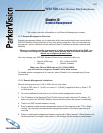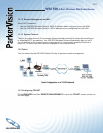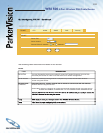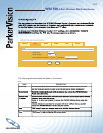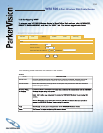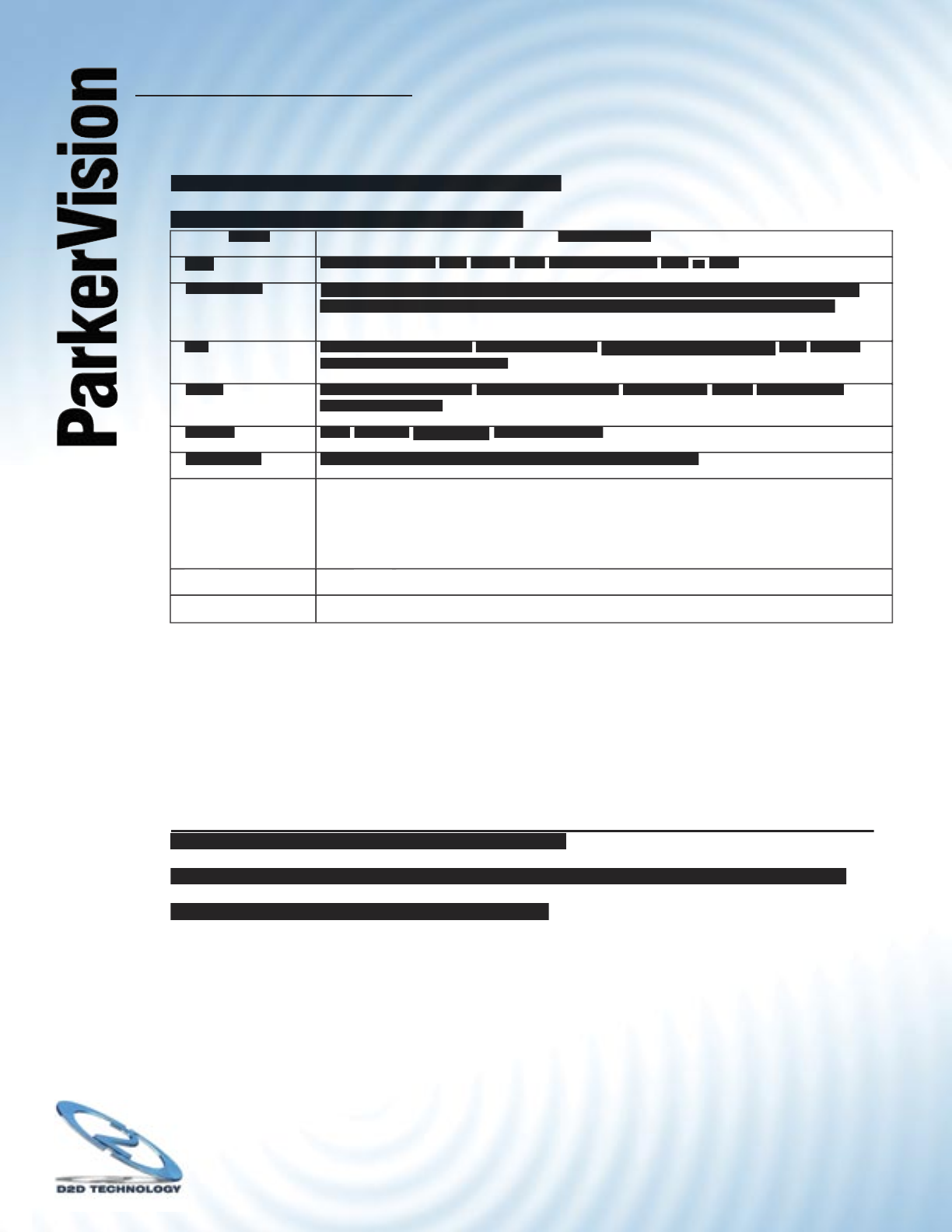
WR1500 4-Port Wireless DSL/Cable Router
®
97
12.5.2 Confi guring Firewall Services - Continued
Creating/Editing A Firewall Rule - Continued
LABEL
DESCRIPTION
DESCRIPTION
Type
Services are either
Services are either
TCP
TCP
and/or
and/or
UDP.
Select from either
Select from either
TCP
TCP
or
UDP.
Port Number
Enter the port number range that defi nes the service. For example, suppose you want to
Enter the port number range that defi nes the service. For example, suppose you want to
defi ne the Gnutella service. Select TCP type and enter a port range from 6345-6349.
Add
Select a service from the
Select a service from the
Available Services
Available Services
drop-down list and then click
Add
to add a
service to the Blocked Service.
Delete
Select a service from the
Select a service from the
Blocked Services List
Blocked Services List
and then click
Delete
to remove this
service from the list.
Clear All
Clear All
Click
Click
Clear All
Clear All
to empty the
Blocked Service.
Blocked Service.
Day to Block
Day to Block
Select everyday or the day(s) of the week to activate blocking.
Select everyday or the day(s) of the week to activate blocking.
Time of Day to
Time of Day to
Block (24-Hour
Format)
Select the time of day you want service blocking to take effect. Confi gure blocking to take
Select the time of day you want service blocking to take effect. Confi gure blocking to take
effect all day by selecting the
All Day
check box. You can also confi gure specifi c times
that by entering the start time in the
Start (hr)
and
Start (min)
fi elds and the end time in
the
End
(hr) and
End (min)
fi elds. Enter times in 24-hour format, for example, “3:00pm”
should be entered as “15:00”.
Apply
Click
Click
Apply
to save your customized settings.
Reset
Click
Click
Reset
to reload the previous confi guration for this screen.
to reload the previous confi guration for this screen.
12.5.3 Predefi ned Services
The Available Services list box in the Services screen displays all predefi ned services that the
WR1500 Wireless Router already supports. Next to the name of the service, two fi elds appear
in brackets.
The fi rst fi eld indicates the IP protocol type (TCP, UDP, or ICMP). The second fi eld indicates the
IP port number that defi nes the service. (Note that there may be more than one IP protocol type.
For example, look at the default confi guration labeled “(DNS)”. (UDP/TCP:53) means UDP port
For example, look at the default confi guration labeled “(DNS)”. (UDP/TCP:53) means UDP port
53 and TCP port 53. Up to 128 entries are supported.
Custom services may also be confi gured using the Custom Ports function discussed later.
See the next page for a list of predefi ned services.



